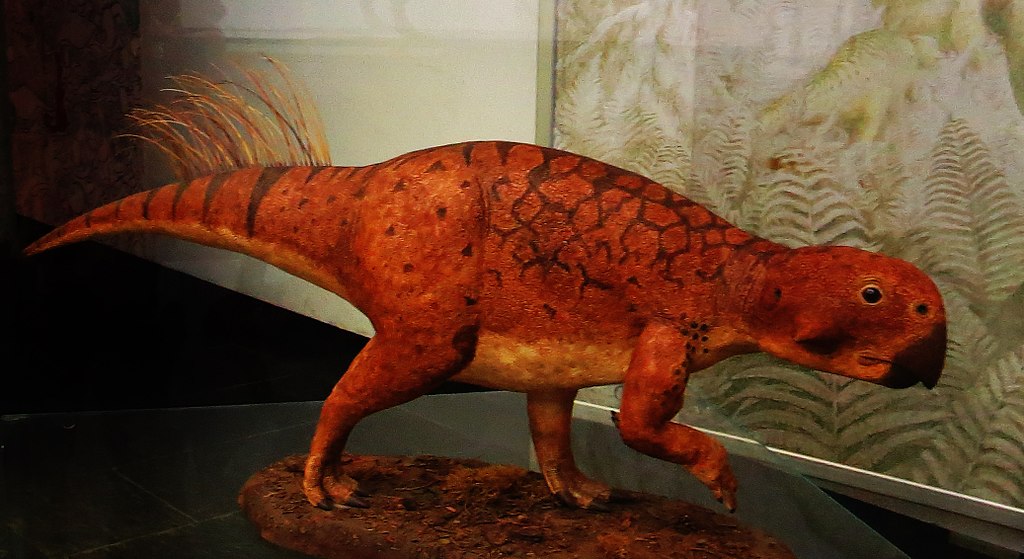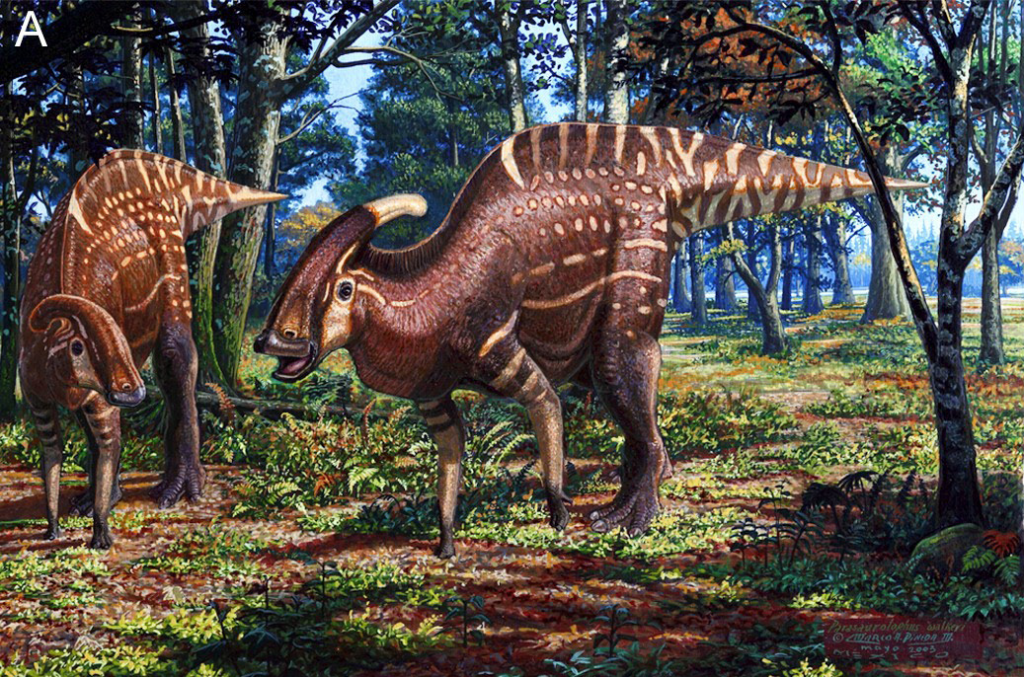When fossils tell stories that contradict established timelines, scientists face intriguing mysteries that challenge our understanding of evolutionary history. Throughout paleontological research, certain discoveries have emerged that initially appear “out of time” – fossils seemingly existing in geological strata where they shouldn’t be found. These anomalies force researchers to reconsider established theories and sometimes lead to revolutionary new understandings of prehistoric life. This article explores fascinating cases of fossils that have challenged chronological assumptions and examines how science reconciles these apparent contradictions.
The Concept of “Out of Place” Fossils
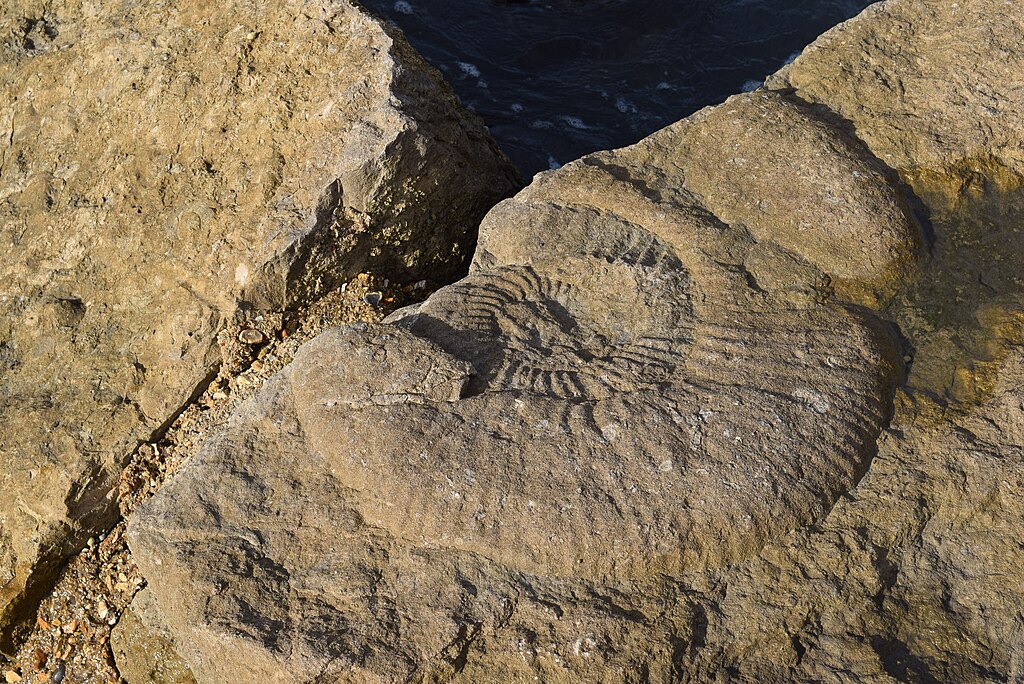
When paleontologists discover fossils that appear in rock layers earlier or later than expected based on current evolutionary understanding, these findings are often labeled as “out of place” fossils or temporal anomalies. Such discoveries create fascinating scientific puzzles that require careful investigation and analysis. Sometimes these anomalies result from misidentification, contamination of geological layers, or dating errors. In other cases, they represent genuine scientific breakthroughs that expand our knowledge of evolutionary timelines. The study of these unexpected fossils illuminates how science works—through constant questioning, testing, and revising of established theories in light of new evidence. Far from undermining scientific understanding, these anomalies ultimately strengthen it by promoting rigorous investigation and deepening our knowledge of Earth’s complex history.
The Controversial Cambrian Rabbit

One of the most frequently cited examples of a theoretical “impossible fossil” is the hypothetical “Precambrian rabbit” or “Cambrian rabbit,” popularized by evolutionary biologist J.B.S. Haldane. Haldane suggested that finding a rabbit fossil in Precambrian rocks would genuinely challenge evolutionary theory, as mammals evolved hundreds of millions of years after the Cambrian period. This theoretical example illustrates how certain fossil discoveries could potentially invalidate current scientific understanding if they genuinely contradicted established evolutionary sequences. Though no actual Cambrian rabbit has ever been discovered, the concept serves as an important thought experiment in evolutionary biology. It highlights how science remains open to revision if compelling evidence emerges while emphasizing that extraordinary claims require extraordinary evidence. The absence of such dramatically contradictory fossils, despite centuries of paleontological research, provides strong support for evolutionary theory’s core principles.
The Enigma of the Paleocene Dinosaurs
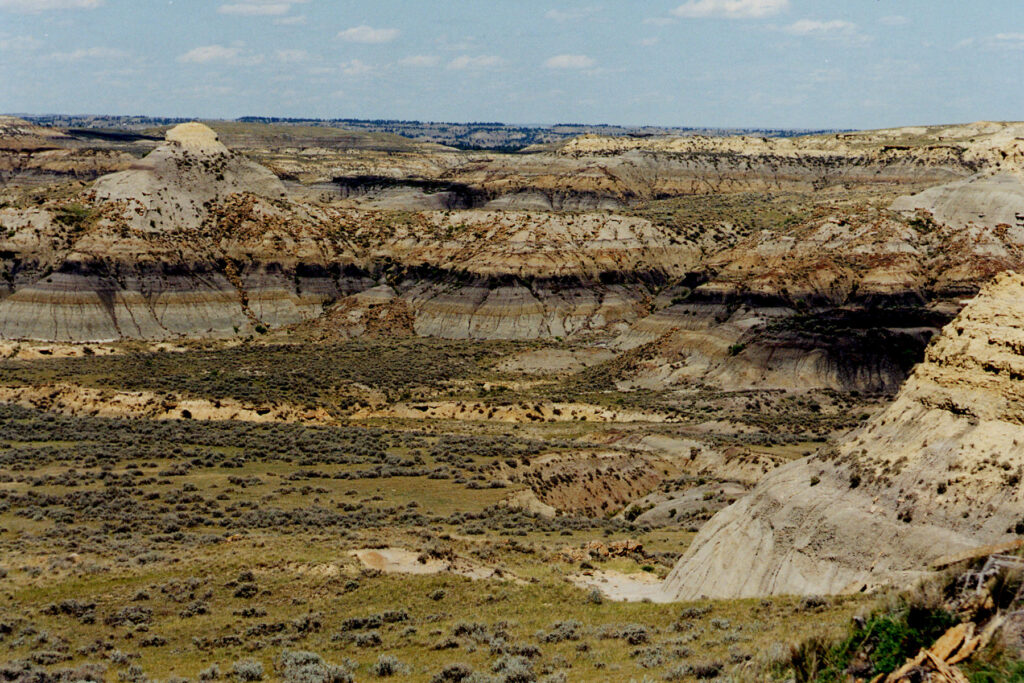
The Hell Creek Formation in Montana produced one of paleontology’s most debated finds: dinosaur fossils apparently dating to the Paleocene epoch, several million years after dinosaurs supposedly went extinct at the K-Pg boundary. In 2002, paleontologist Robert Frey discovered a partial dinosaur femur that appeared to be from a deposit dated to approximately 64 million years ago—about a million years after non-avian dinosaurs supposedly disappeared. This controversial finding, known as the “Paleocene dinosaur,” sparked intense debate among scientists. Some researchers proposed that these fossils were originally from older Cretaceous layers but had been reworked into younger sediments through erosion and redeposition. Others suggested the dating might be flawed, or that small populations of dinosaurs might have survived the mass extinction event in isolated pockets. After extensive analysis, most scientists concluded the specimens were indeed reworked fossils rather than evidence of dinosaur survival beyond the K-Pg extinction, demonstrating how science rigorously examines anomalous discoveries.
The Puzzling Case of Acanthostega

Acanthostega, a crucial transitional fossil between fish and tetrapods, presented scientists with a fascinating temporal puzzle when it was discovered in East Greenland in the 1980s. Before this discovery, researchers believed that limbed animals evolved from fish specifically for land locomotion. However, Acanthostega challenged this assumption because despite having limbs with digits, its limbs were poorly suited for land movement and showed adaptations primarily for aquatic life. Dating to around 365 million years ago during the Late Devonian period, this creature appeared in the fossil record earlier than expected for an animal with such developed limb structures. The discovery of Acanthostega required scientists to revise their understanding of tetrapod evolution, suggesting that limbs initially evolved for underwater movement rather than for conquering land. This case illustrates how “unexpected” fossils often lead to refinement rather than rejection of scientific theories, ultimately providing a more nuanced understanding of evolutionary transitions.
Archaeopteryx: Bird Before Its Time?
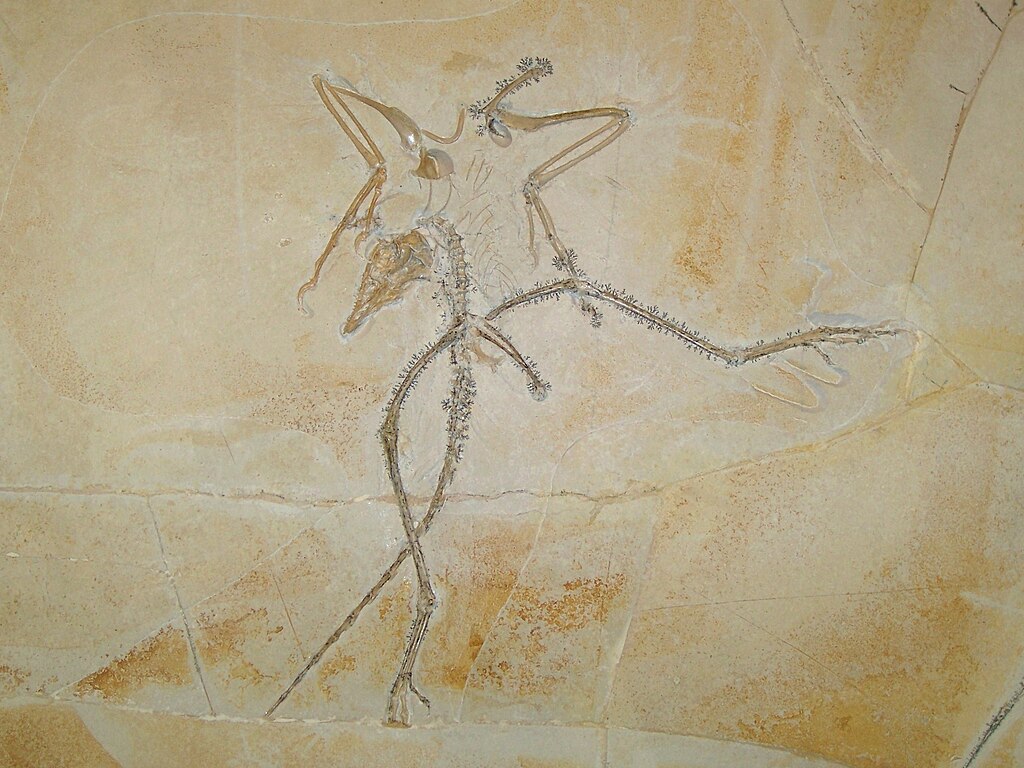
When the first Archaeopteryx specimen was discovered in 1861 in Germany, it appeared to be a fossil that existed outside its expected time frame. This remarkable creature exhibited features of both dinosaurs and modern birds, including feathers, a wishbone, and wings, yet it retained dinosaurian characteristics like teeth, a long bony tail, and three fingers with claws. Dating to the Late Jurassic period approximately 150 million years ago, Archaeopteryx initially seemed too bird-like to exist at that early date, challenging then-current understanding of when bird features evolved. The discovery came just two years after Darwin published “On the Origin of Species,” providing compelling evidence for his theory of evolution through a transitional form. Modern paleontology now recognizes Archaeopteryx as just one of many feathered dinosaurs in the evolutionary lineage leading to birds, but at the time of its discovery, it represented a fossil that seemed chronologically out of place according to existing knowledge. This case demonstrates how seemingly anomalous fossils often fill critical gaps in evolutionary understanding.
The Contentious Laetoli Footprints

The Laetoli footprints in Tanzania, dating to approximately 3.7 million years ago, presented a significant challenge to previous understandings of human evolution when they were discovered in the 1970s. These remarkably preserved footprints, formed in volcanic ash, showed clear evidence of bipedal hominins walking with a fully upright, human-like gait much earlier than many scientists had previously believed possible. Before this discovery, many researchers assumed that bipedalism evolved relatively late in human evolution and coincided with increased brain size. The footprints revealed that human-like walking preceded large brain development by millions of years, forcing a reconsideration of the evolutionary timeline. Attributed to Australopithecus afarensis, the same species as the famous “Lucy” fossil, these footprints demonstrated that our ancestors were walking upright while still retaining relatively small brains and some ape-like features. This discovery illustrates how fossils that initially appear “too advanced” for their time period often lead to refined evolutionary models rather than undermining established science.
Modern Humans in Ancient America?

The timeline of human arrival in the Americas has been repeatedly challenged by controversial archaeological finds that suggest a much earlier human presence than traditionally accepted. For decades, the Clovis culture, dating to about 13,000 years ago, was considered the earliest human occupation of North America. However, sites like Monte Verde in Chile, dated to about 14,500 years ago, Meadowcroft Rockshelter in Pennsylvania, with possible human artifacts dating to 16,000 years ago, and more recent discoveries at Chiquihuite Cave in Mexico with potential evidence of human presence 30,000 years ago have repeatedly pushed back this timeline. Each of these discoveries initially appeared as “fossils that shouldn’t exist” in those time periods according to prevailing theories. The scientific community has gradually accepted the pre-Clovis occupation of the Americas as evidence has accumulated, though claims of extremely early dates remain highly contested. This evolving understanding demonstrates how science progressively incorporates new findings, even when they challenge established chronologies, through rigorous verification and replication of results.
The Ordovician Flowering Plant Controversy

One of paleobotany’s most puzzling cases emerged in the 1990s when researchers reported discovering fossil structures resembling angiosperm (flowering plant) pollen in Ordovician rocks from Libya. This finding was revolutionary because it suggested flowering plants existed nearly 250 million years earlier than the established fossil record indicated. Conventional understanding placed the evolution of angiosperms in the Early Cretaceous period, approximately 130-140 million years ago. The purported Ordovician pollen, dated to about 472 million years ago, would have dramatically rewritten plant evolution history if confirmed. However, subsequent research and reanalysis of the samples revealed the structures were likely misidentified microfossils of a different nature or the result of contamination during the sampling process. Most botanists and paleontologists now reject these findings, maintaining that flowering plants indeed evolved during the Early Cretaceous as the broader fossil record indicates. This case demonstrates the importance of scientific skepticism and the rigorous verification process that helps distinguish genuine anomalies from errors in identification or methodology.
Trilobites and Human Footprints: The Meister Print
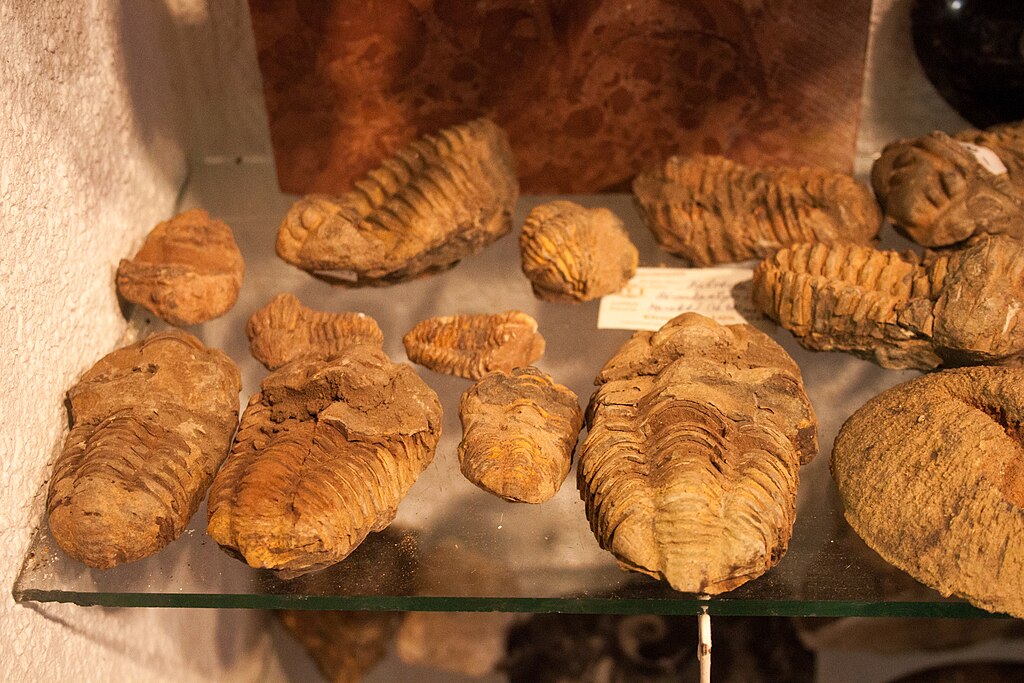
In 1968, an amateur fossil hunter named William Meister claimed to have discovered a remarkable and impossible fossil in Utah—a sandstone slab containing what appeared to be a human footprint crushing a trilobite. If genuine, this finding would have been truly revolutionary, as trilobites went extinct approximately 252 million years ago, while modern humans (Homo sapiens) evolved only about 300,000 years ago—creating an impossible temporal paradox of over 250 million years. The “Meister Print” gained significant attention in creationist circles as supposed evidence against evolutionary timescales. However, scientific examination revealed the “footprint” was most likely a spall fracture—a natural break in the rock that coincidentally resembled a footprint shape. The object inside was indeed a trilobite fragment, but it had been placed in the depression rather than being crushed by a human foot. Mainstream paleontologists universally reject the authenticity of this specimen, classifying it as a misinterpreted natural formation combined with deliberate misrepresentation. This case highlights how purported “impossible fossils” often have more mundane explanations when subjected to rigorous scientific scrutiny.
The Carboniferous Tetrapod Gap

For many years, paleontologists were puzzled by an apparent gap in the tetrapod fossil record during the Early Carboniferous period (approximately 360-330 million years ago). This mysterious absence of four-limbed vertebrate fossils, known as “Romer’s Gap,” appeared to show tetrapods essentially disappearing from the fossil record for about 30 million years after their initial evolution in the Late Devonian. The gap seemed to represent fossils that should exist but somehow didn’t, creating a significant puzzle in understanding vertebrate evolution. Scientists proposed various hypotheses, including environmental factors that prevented fossilization or simply insufficient exploration of rocks from this time period. In recent decades, new discoveries have begun filling this gap, particularly finds from Scotland that have revealed several tetrapod species living during this “missing” period. These discoveries, including specimens like Pederpes finneyae, showed that tetrapods were indeed diversifying during this time, with some developing more terrestrial adaptations. What once appeared to be missing fossils that “should” exist turned out to be an artifact of incomplete sampling and preservation, resolved through continued paleontological research.
The Mysterious Guadeloupe Woman

In the early 19th century, a skeleton discovered in limestone on the Caribbean island of Guadeloupe created significant scientific controversy. The fossil, known as “The Guadeloupe Woman,” appeared to be a modern human skeleton embedded in what was thought to be ancient stone, suggesting humans might have existed much earlier than scientific understanding indicated. The skeleton was so compelling that it was acquired by the British Museum and displayed as possible evidence challenging conventional chronology. However, subsequent geological analysis revealed that the limestone containing the skeleton was not ancient but relatively recent beach rock that had formed during the last few thousand years. This type of limestone can form rapidly in tropical environments when calcium carbonate cements sand and shell fragments together, creating solid rock in just a few hundred years. The skeleton likely belonged to a Carib person who died in the relatively recent past and was buried in beach sediments that later lithified. This case illustrates how misunderstanding geological processes can lead to incorrect interpretations of a fossil’s age, creating the illusion of a temporal anomaly where none exists.
The Scientific Process for Evaluating Anomalous Fossils

When confronted with fossils that appear to contradict established timelines, scientists follow a rigorous protocol to determine whether they represent genuine anomalies or errors in interpretation. The first step typically involves confirming the authenticity of the fossil itself through multiple dating methods and taphonomic analysis to rule out forgery or misidentification. Researchers then carefully examine the geological context, as fossils can sometimes be reworked from older layers into younger sediments through natural processes like erosion and redeposition. Independent verification by multiple research teams is crucial, with findings subjected to peer review before acceptance by the scientific community. Scientists also consider the principle of parsimony—whether the anomaly is better explained by an error in dating, identification, or contextual understanding rather than a revolutionary revision of evolutionary timelines. This methodical approach ensures that genuine breakthroughs can be distinguished from mistakes or misinterpretations. Throughout this process, science demonstrates its self-correcting nature, remaining open to revising theories when compelling evidence requires it while maintaining appropriate skepticism toward extraordinary claims.
How Anomalous Fossils Advance Scientific Understanding

Far from undermining science, apparently anomalous fossils have historically driven significant advances in our understanding of evolutionary history. These challenging discoveries force researchers to reexamine assumptions, refine dating techniques, and develop more nuanced models of species development and extinction. The discovery of Tiktaalik, a transitional form between fish and tetrapods, filled a predicted gap in the fossil record and validated evolutionary theory while refining the timeline of vertebrate adaptation to land. Similarly, the numerous feathered dinosaur fossils from China’s Liaoning Province dramatically reshaped our understanding of the dinosaur-bird transition, revealing that many dinosaur features previously thought to be exclusive to birds evolved much earlier than expected. When genuine temporal anomalies are confirmed, they typically expand rather than contract scientific knowledge, revealing evolutionary experiments, transitional forms, or survival of relict populations that enrich our understanding of life’s history. Even when anomalous fossils are eventually explained as misidentifications or dating errors, the investigation process itself often yields valuable methodological improvements and deeper insights into geological processes that benefit paleontology as a whole.
Conclusion

The study of fossils that initially appear out of place in the geological timeline has been a driving force in refining our understanding of evolutionary history. Rather than undermining established science, these puzzling discoveries typically lead to more robust theories and more accurate chronologies. Through careful analysis, independent verification, and rigorous testing, paleontologists have developed increasingly sophisticated methods for interpreting the fossil record. Most purported “impossible fossils” have been explained through improved dating techniques, better understanding of geological processes, or recognition of previously unknown evolutionary patterns. The scientific process continues to demonstrate its effectiveness at incorporating new evidence and revising theories when necessary, while maintaining appropriate skepticism toward extraordinary claims lacking sufficient evidence. As paleontological methods continue to advance, even the most puzzling fossil discoveries ultimately contribute to a more complete and accurate picture of life’s remarkable journey through Earth’s history.


